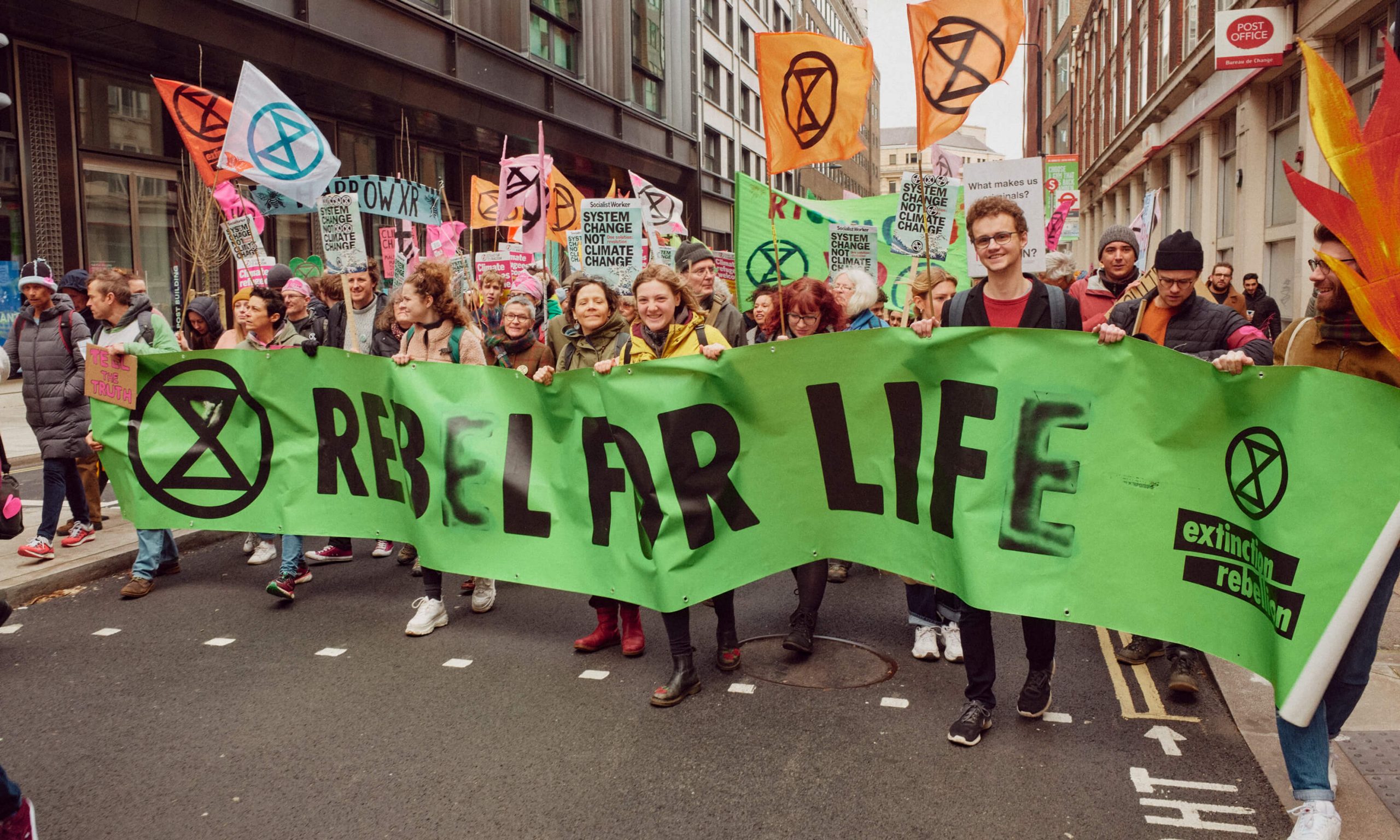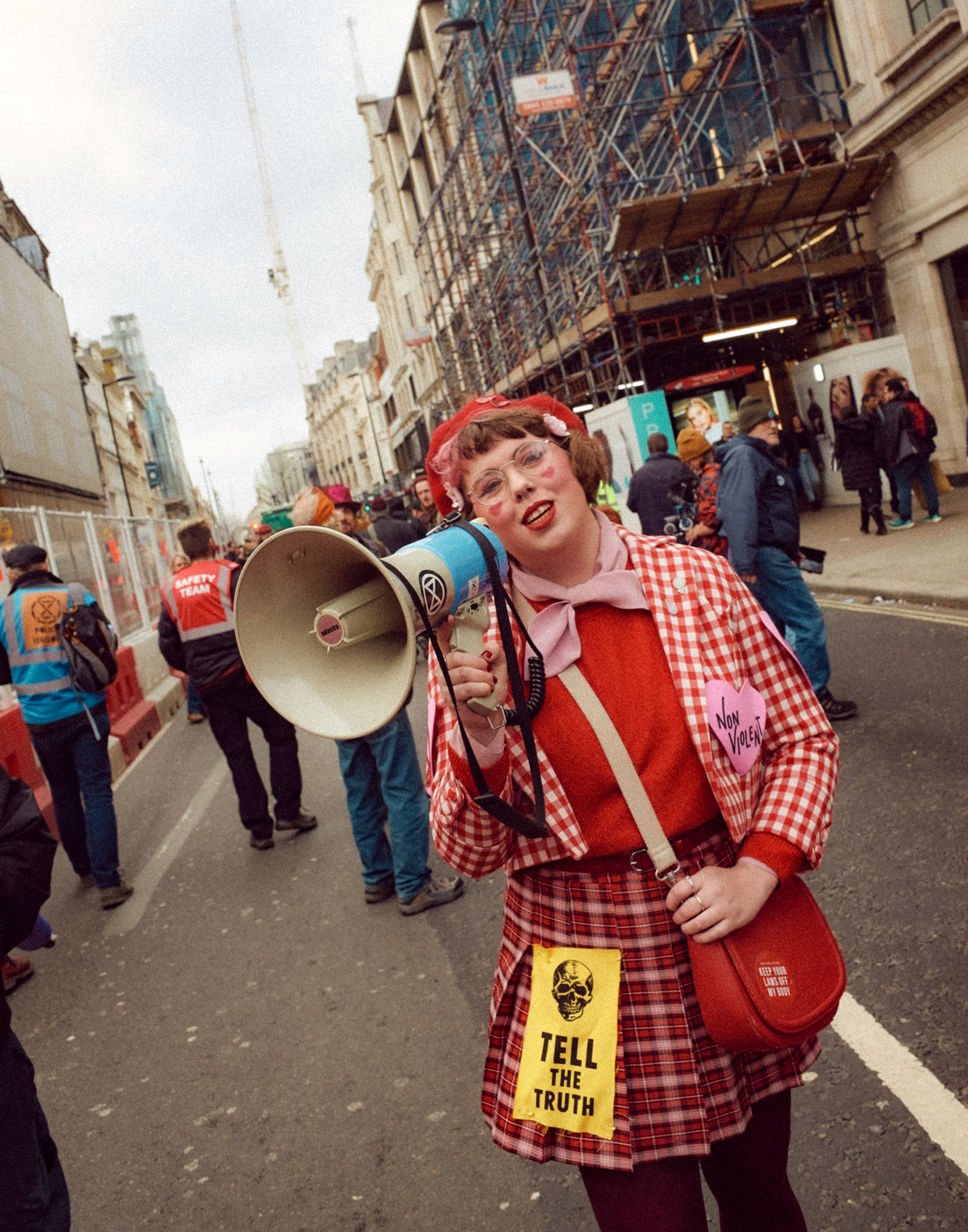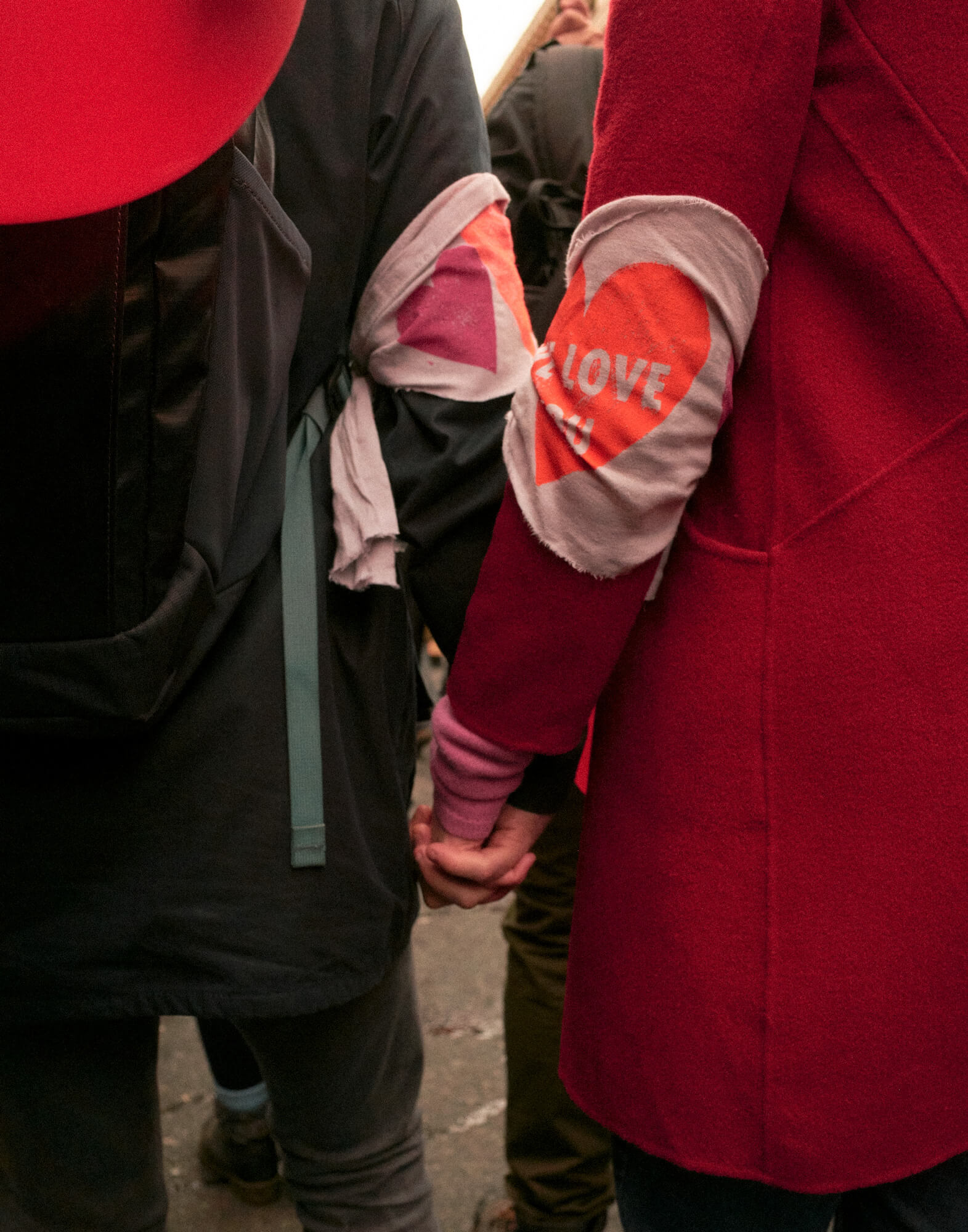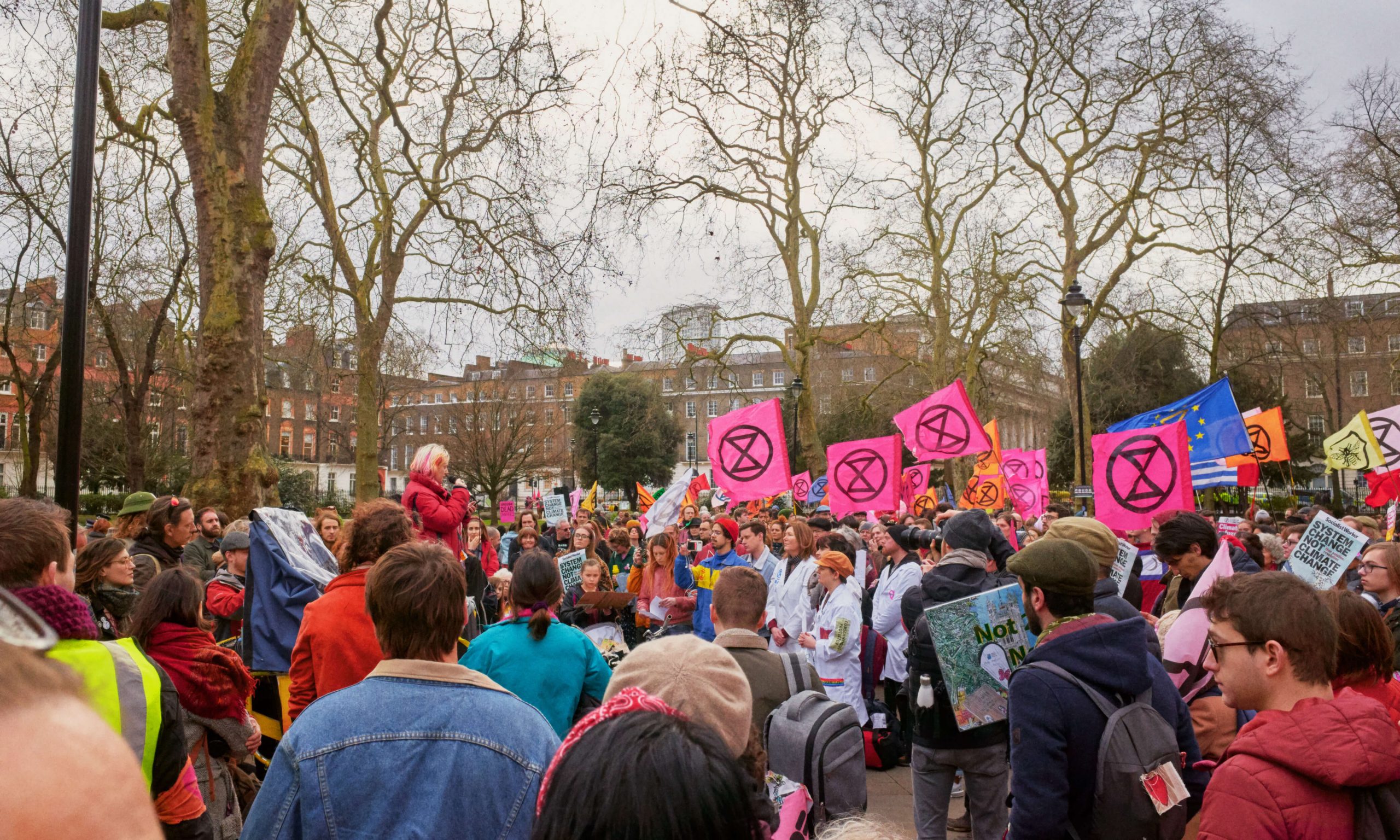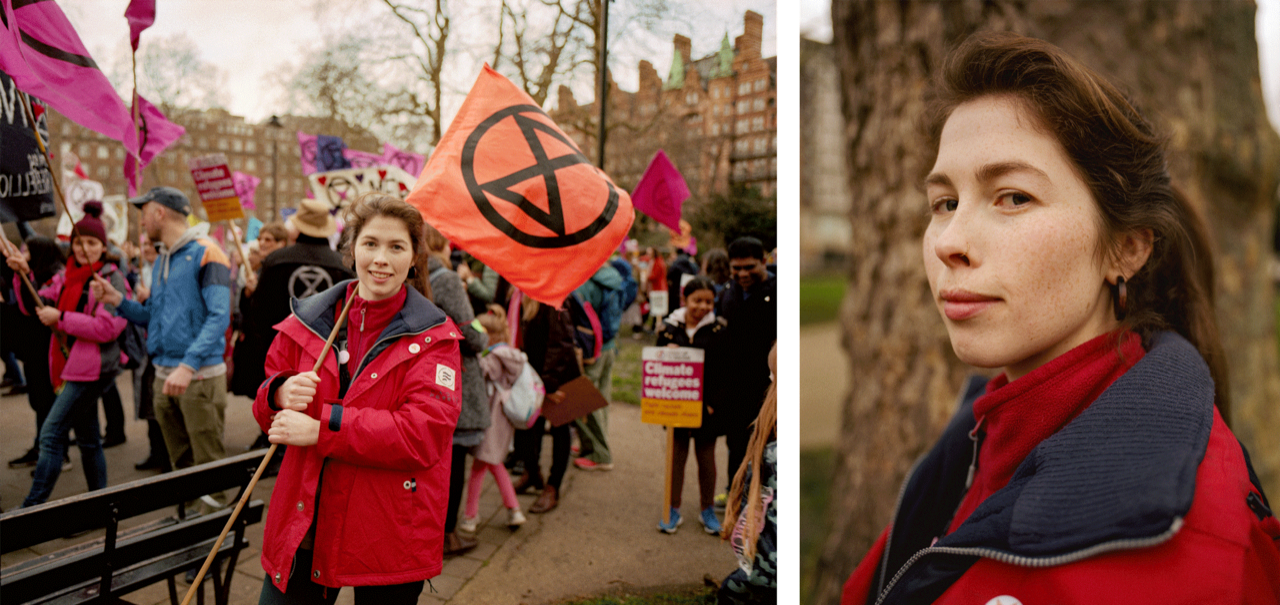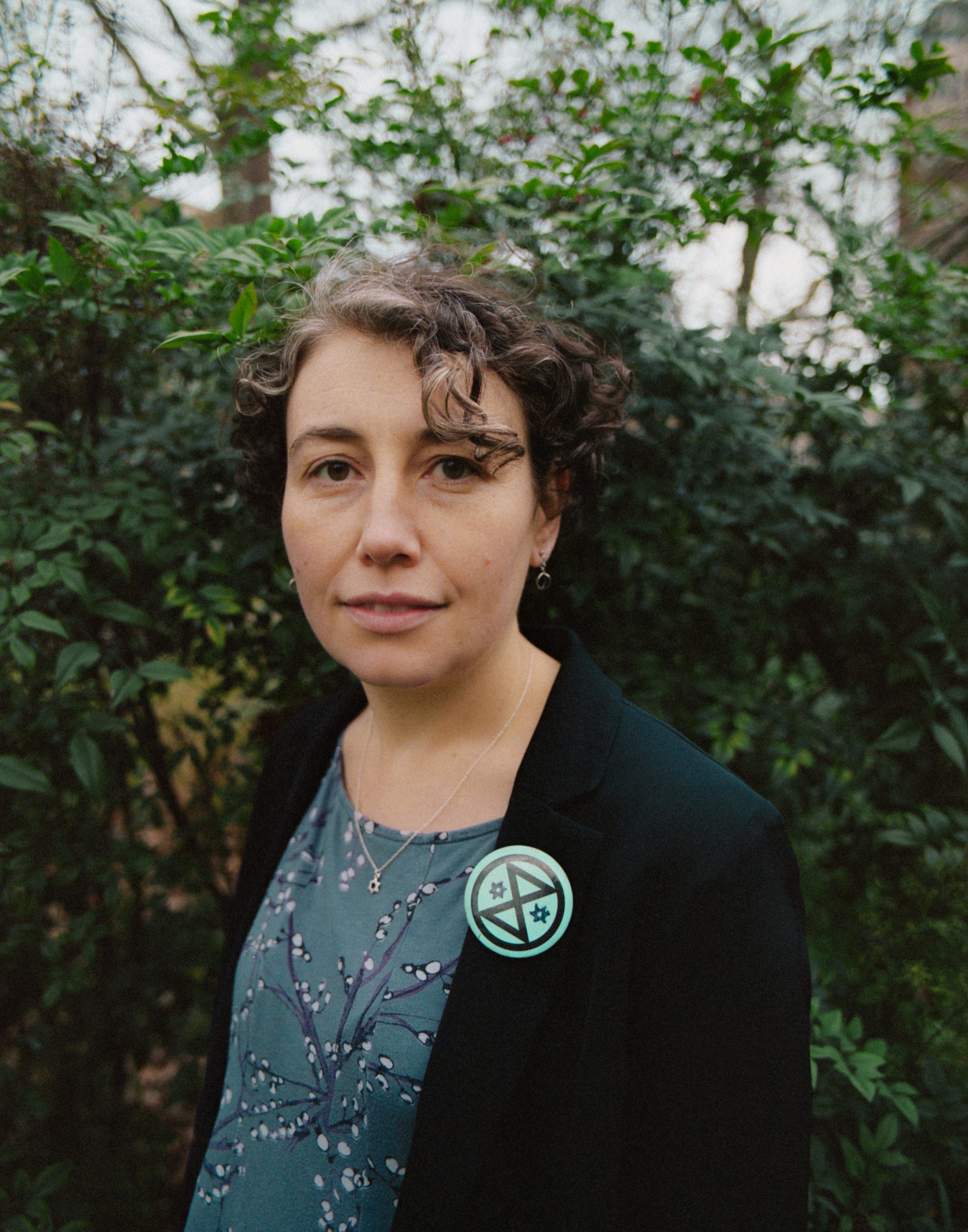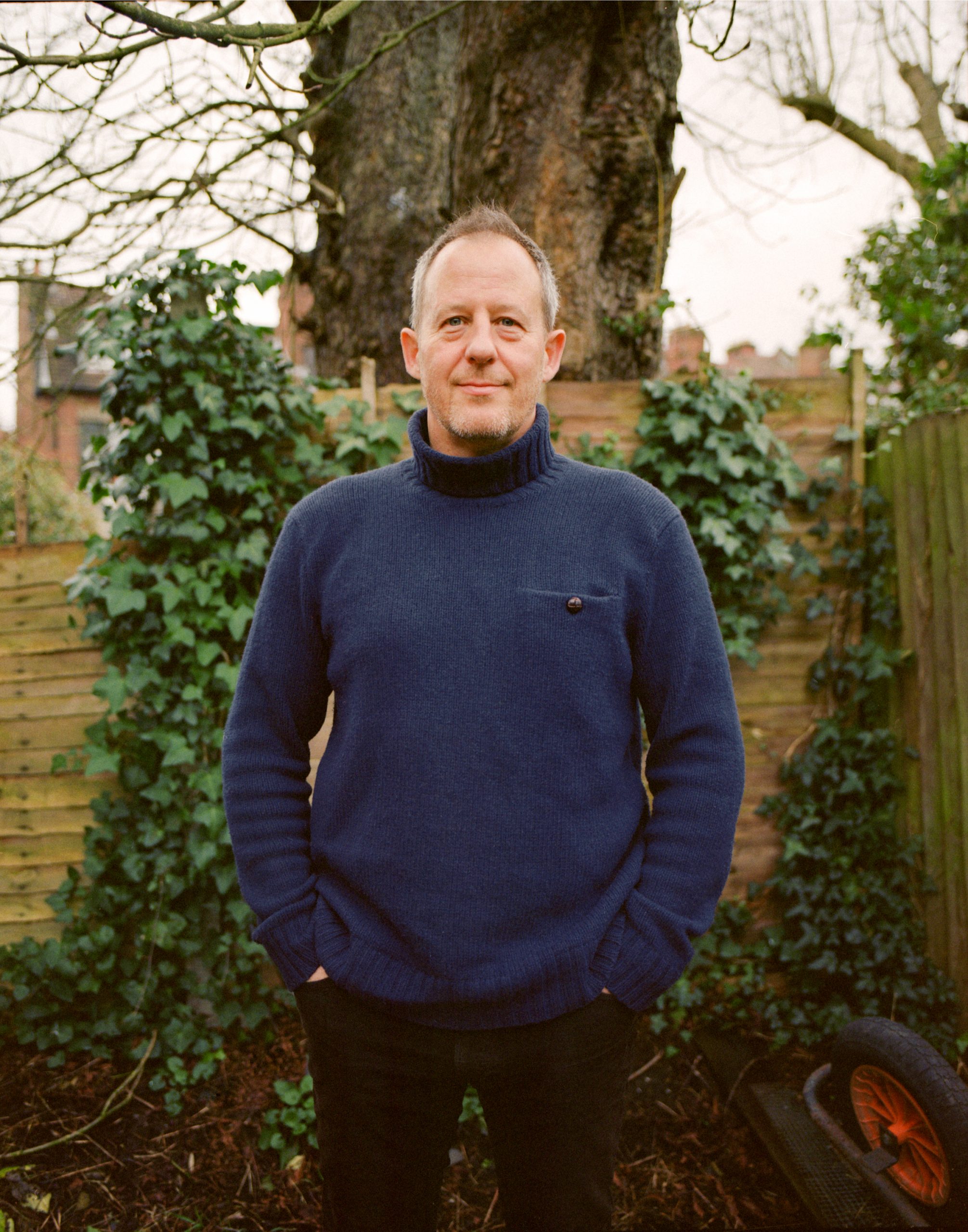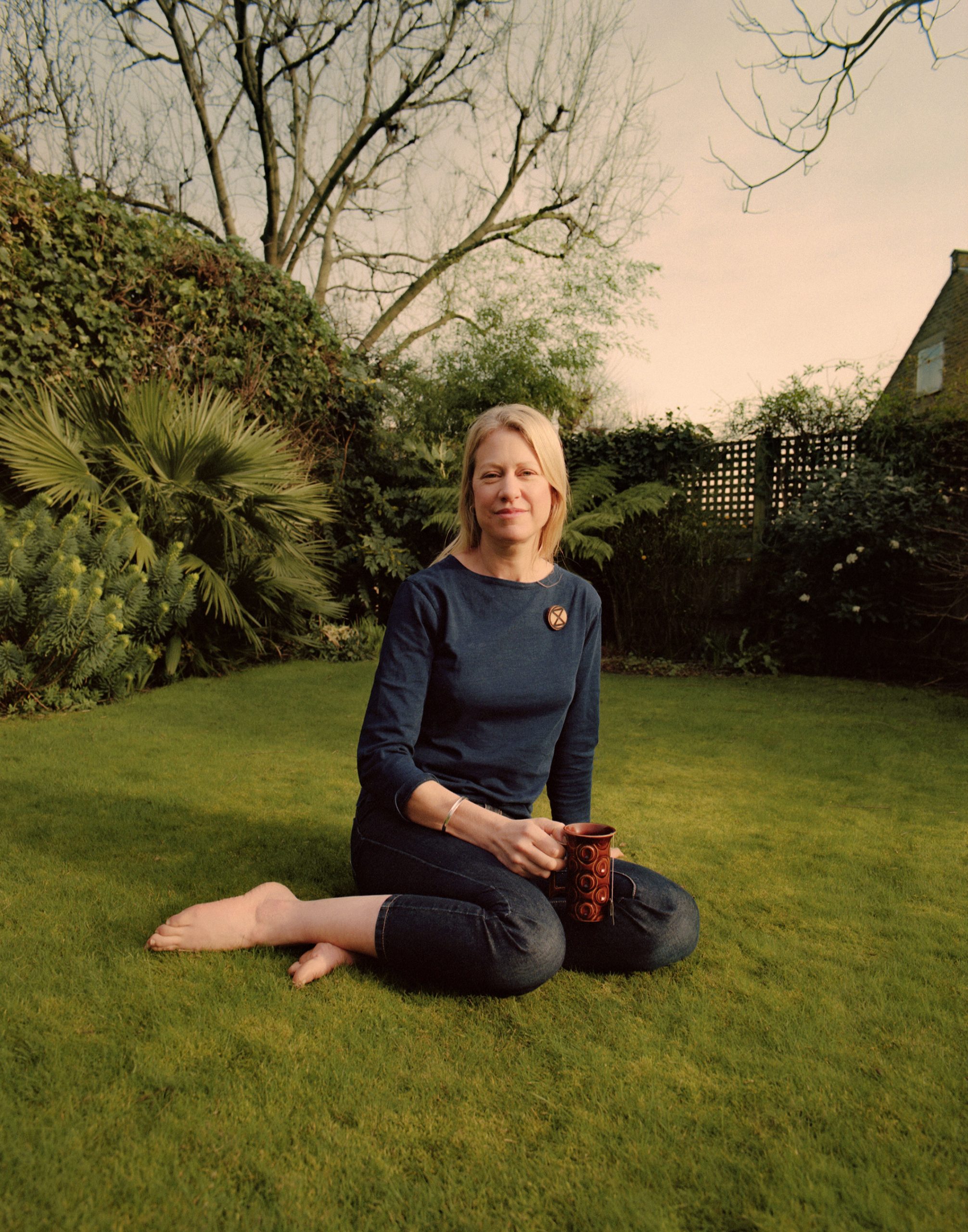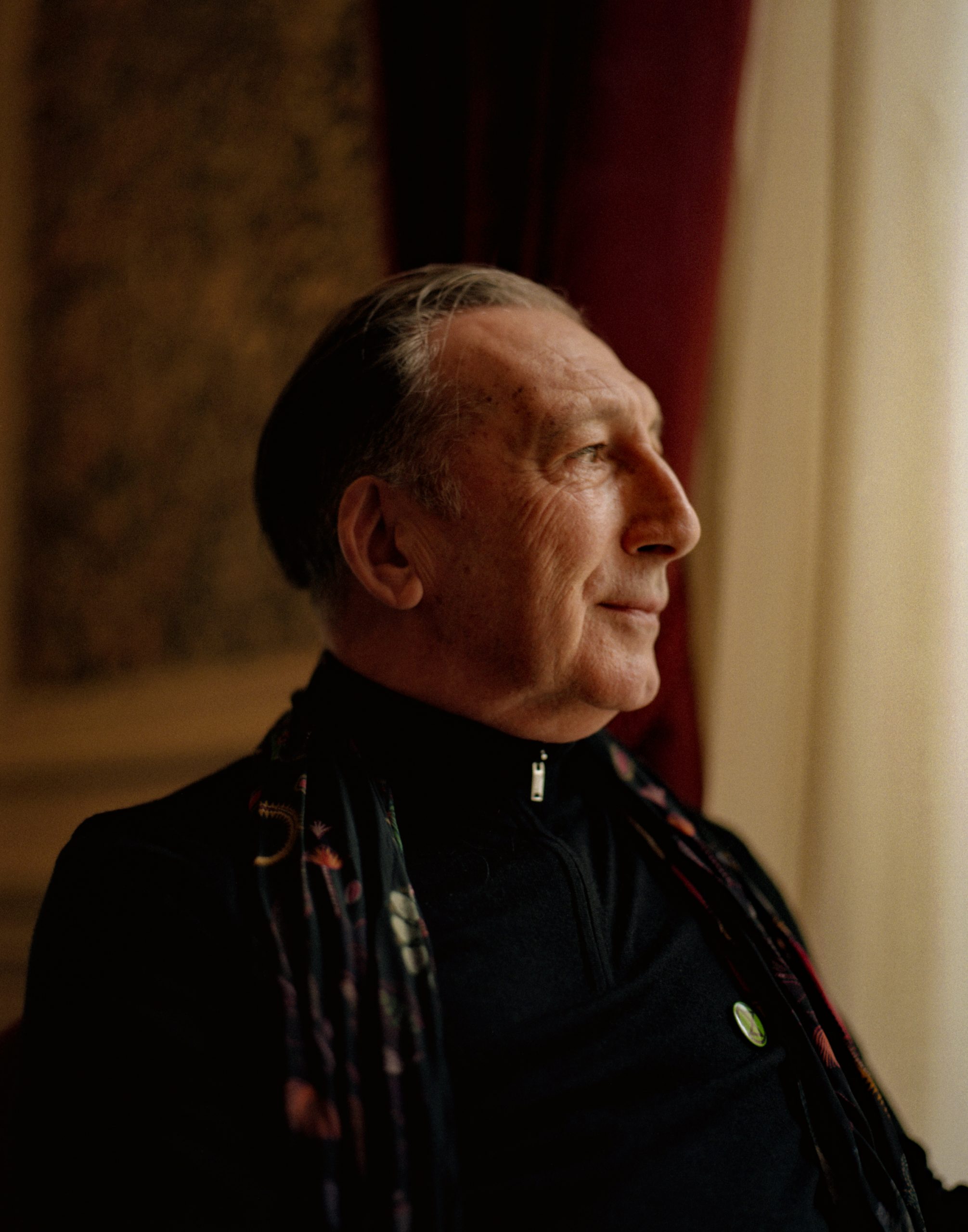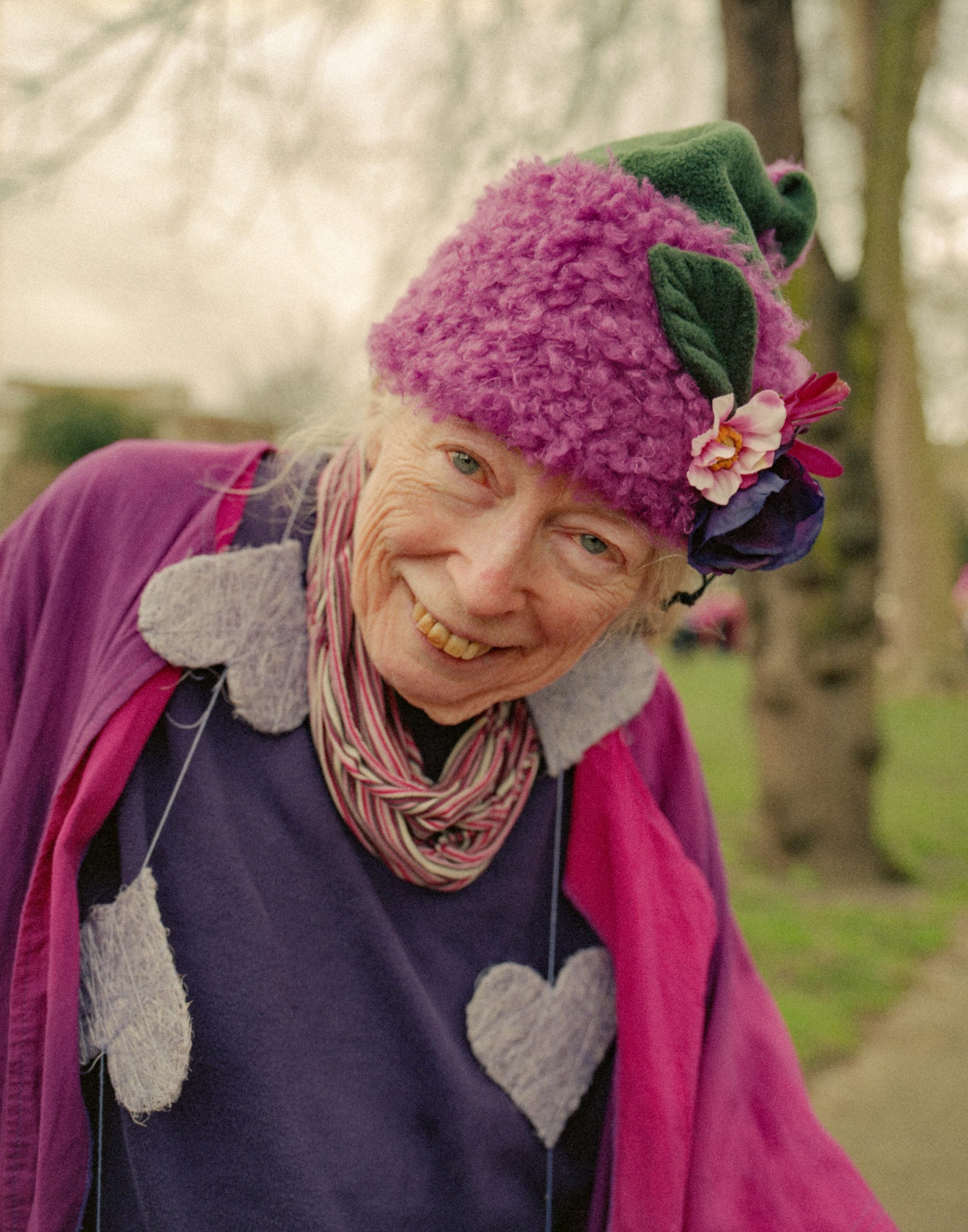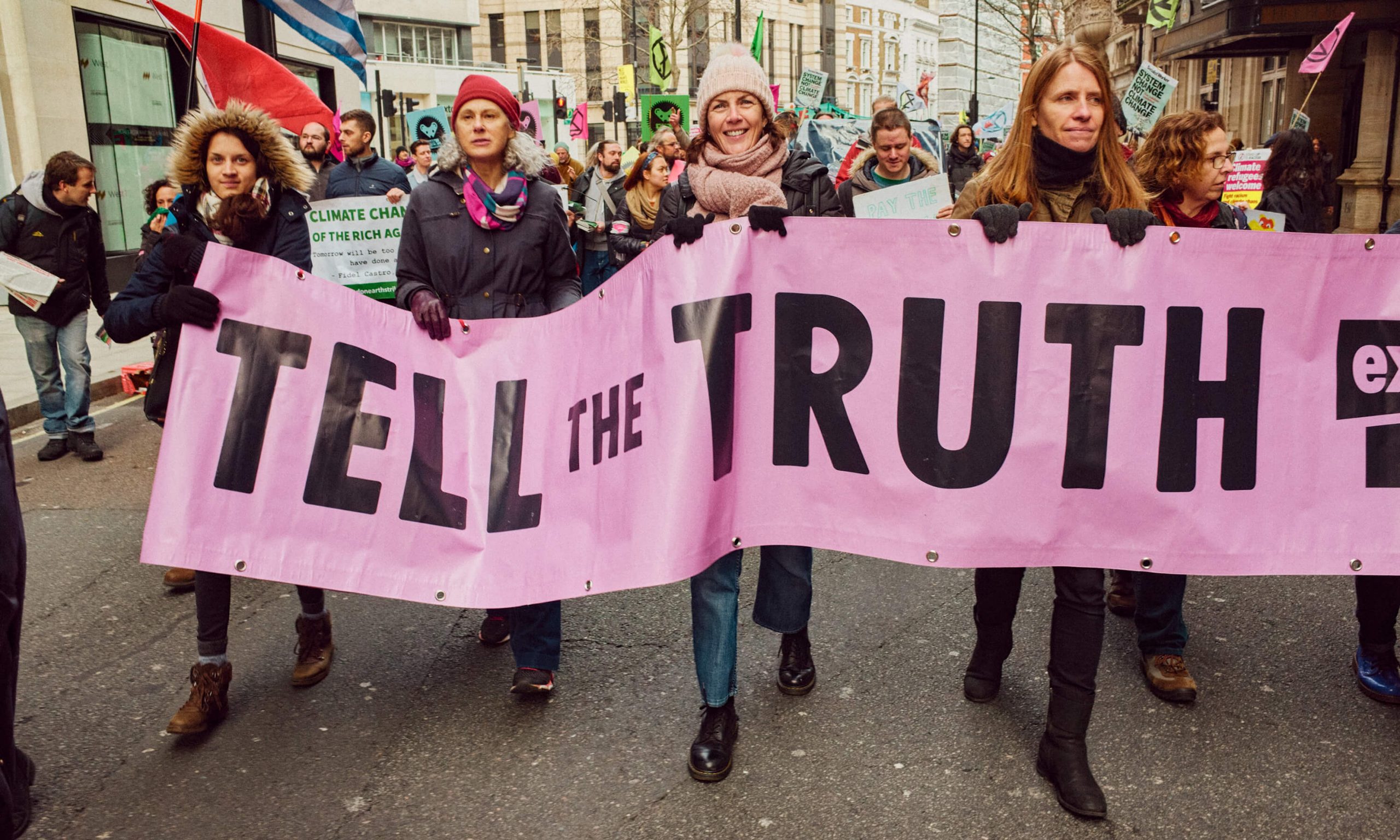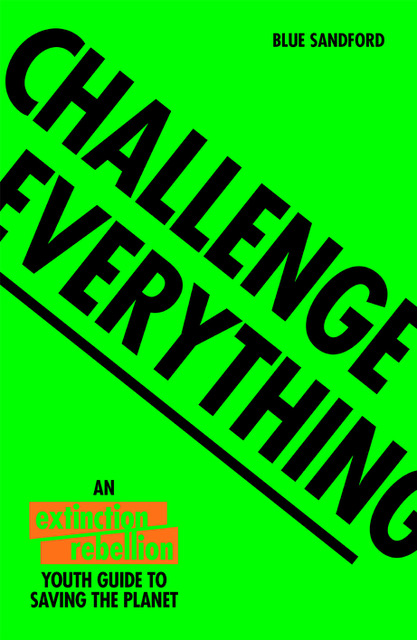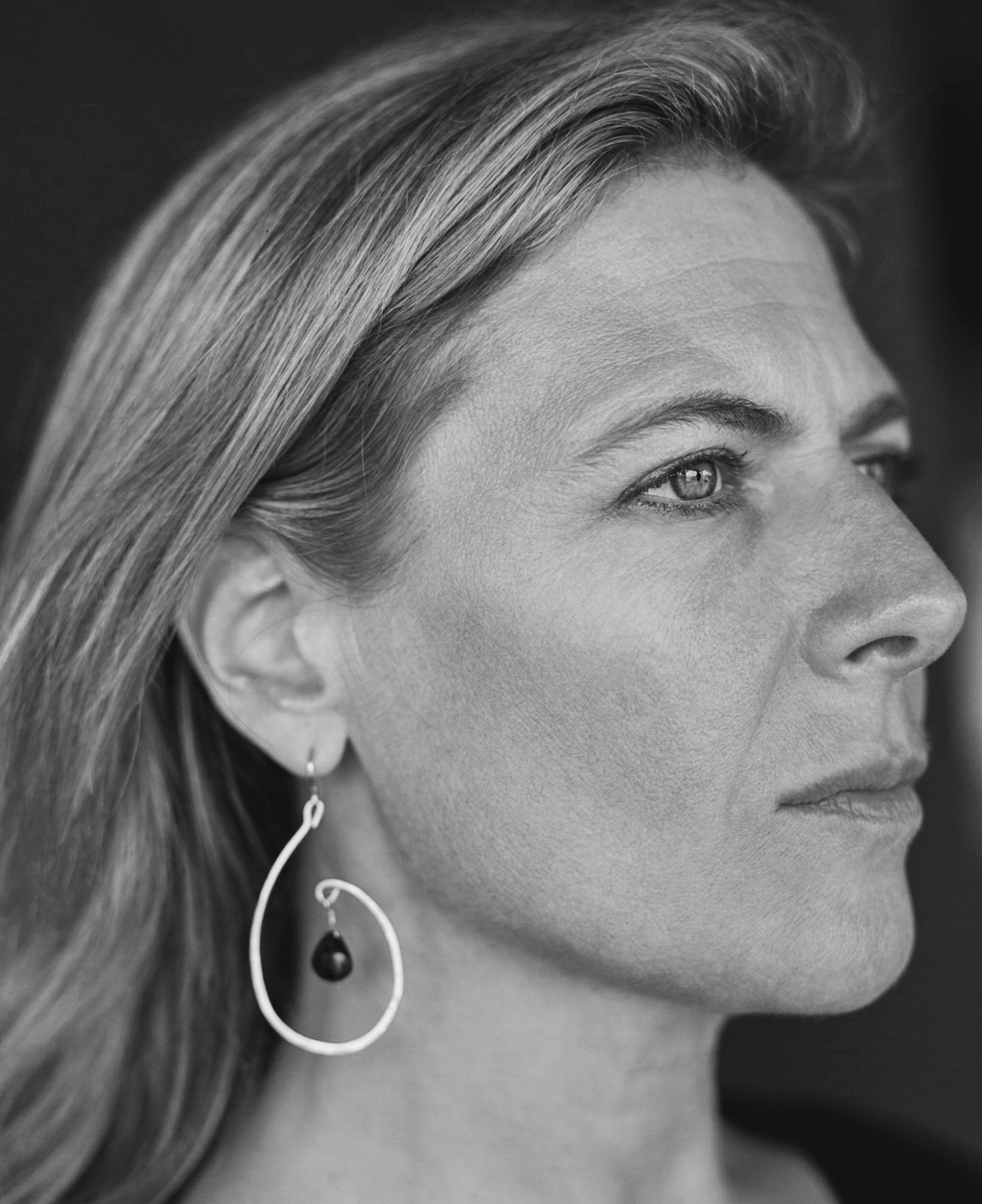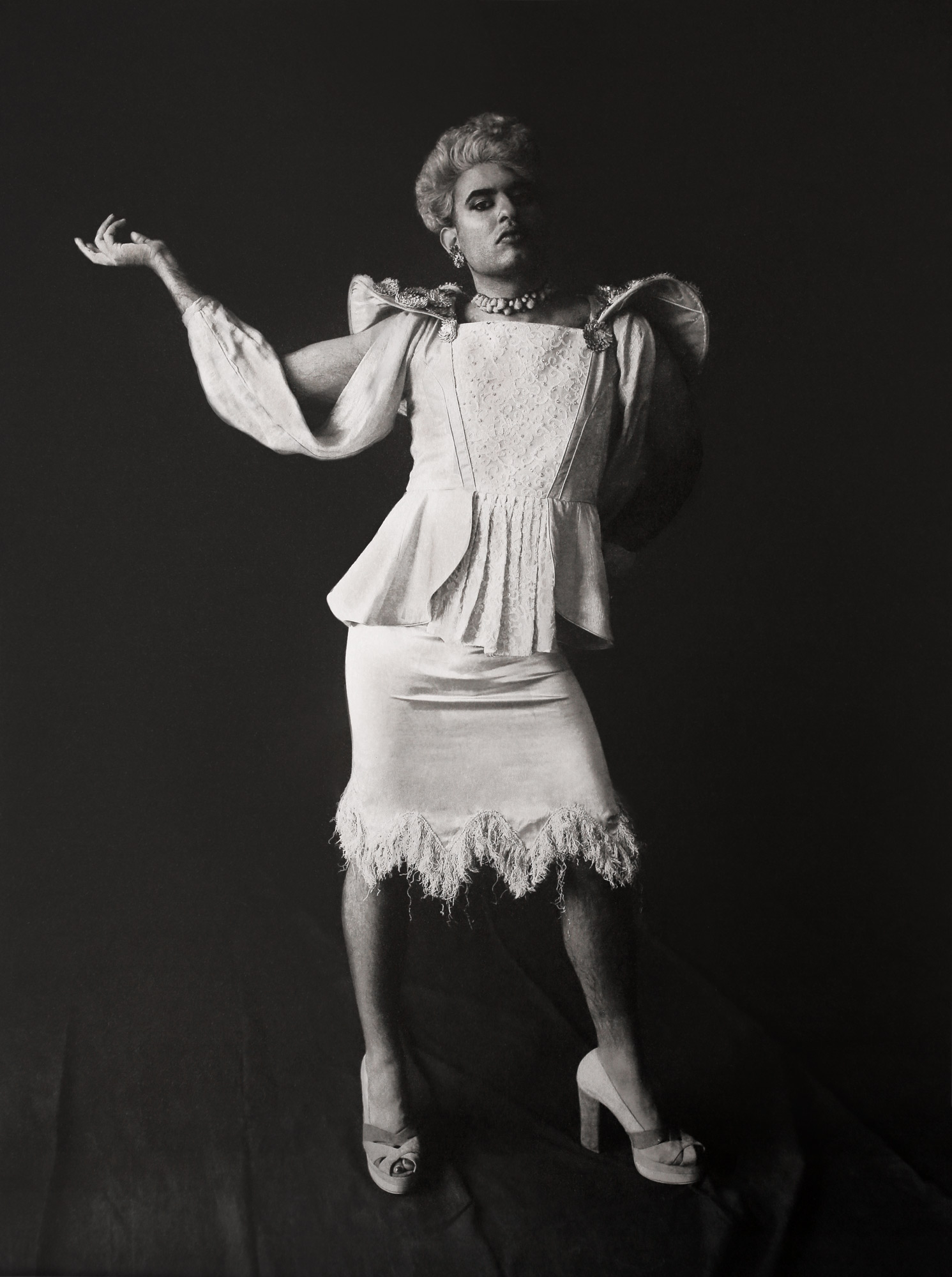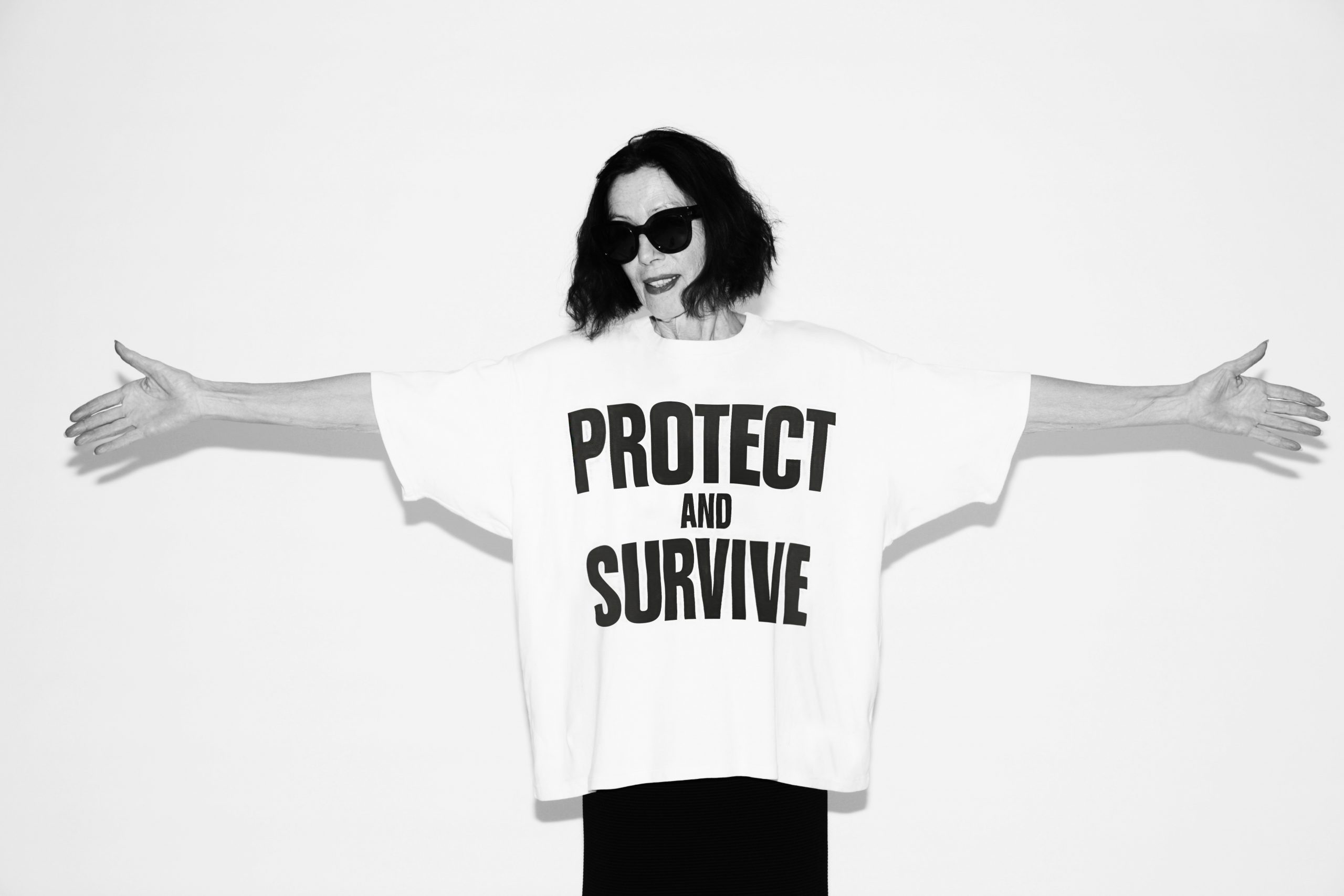EXTINCTION REBELLION
A FIGHT FOR OUR LIVES
a photographic portfolio by TRISH WARD
SPECIAL THANKS TO CLARE FARRELL, NUALA MAI GATHERCOLE LAM,
TASMIN OMOND, GARETH MORRIS, JESSICA BRINTON,
SARAH MINTRIM, BEVERLEY LUCKINGS
AND THE WHOLE XR TEAM
29 NOVEMBER 2019 | LONDON | CLIMATE STRIKE
On October 31st, 2018, a rebellion began. A thousand people gathered in Parliament Square in London under brightly colored flags flying the symbol of an encircled hourglass – a symbol that time is running out. Together they rose in song, in chants, with words to uplift the power of the people. They lay their bodies in the road in protest of the government’s failures.
THIS IS OUR DARKEST HOUR
The historic words of Winston Churchill broke across the square – enacted for a Declaration of Rebellion in the name of the planet, our environment, and the continued existence of humanity as we know it. Extinction Rebellion is an official rebellion against governments and organized groups who contribute to the decline of our environmental reality. Too long have people fought for a greener, better future for our planet. Too many promises have been made and broken. The loss of biodiversity has rendered land uninhabitable and unfarmable. There is a massive climate breakdown raising temperatures every year. And each year, more and more natural disasters occur. Many current forms of life will be extinct by the end of this century, and humankind—or at least our way of life—is included in that. Everything about our consumer-driven lifestyles interferes with our environments. Even if we survive, our lands will be ruined and we will starve. There is no time to wait. The time to rise up is now.
While the environment falls apart, it does it silently. It’s hard to show that temperatures are rising by 1.5 degrees, or that the icecaps are melting. The statistics and silent suffering of the environment don’t carry the same weight as human violence and tragedy. And for those who do speak for the environment, it has been hard to stay in the media cycle long enough to hold the necessary conversation for change. From pipelines to deforestation, each issue has come and gone. This shows how this crisis is multilayered and complex.Founded by academic environmentalists Gail Bradbrook and Roger Hallam, Extinction Rebellion (XR) looks to articulate that frustration, to demand attention, and to create a sustaining movement that will survive from environmental crisis to crisis. Co-founder and major organizer of the media messaging team, Clare Farrell, explained to me over Zoom that even if we fixed the “chemical balance in the atmosphere or the ocean… you still arguably would be in an extinction event.” An extinction event, or a mass extinction, would mean the loss of biodiversity on a massive scale— like the dinosaurs. Research shows that we are in the sixth mass extinction, this time triggered by human activity. There is something wrong with the way we are living. And while change is hard, it is necessary.
Co-Founder, CLARE FARRELL
“We’re in this crisis because we have inherently violent systems that we live within”
Farrell, a longtime member of the fashion industry, felt defeated before joining Extinction Rebellion. As a lifelong lover of science and knowledge, she knew the fate of the industry she loved was tragic. The consumption and production of the fashion industry, and all industry, carries in it a microcosm of the environmental crisis. Resources, pollution, work conditions, and waste all play a part. And no matter what space she would find herself in the fashion world, the ethics of consumption would catch up. A study that Farrell cites by economist Jason Hickel says the amount of economic growth that we shoot for every year is 3%. According to Farrell, “If you grow your economy by 3% every year, then by the end of a century your economy would be 32 times larger than it was at the beginning. So if… we are fighting to make that a reality, then we want an economy that is 32 times bigger than it was in the year 2000. And that’s just something that will kill everyone.” In a consumer-driven world, the environment doesn’t stand a chance. Many people resign themselves to the idea that it’s already a lost cause. As Farrell says, she always felt that she was “just going to watch [the environment] deteriorate, feel like there’s nothing to be done because no one is going to do anything. And I’ll probably die before it gets really bad.” The problem is that now it isn’t about an alternate future, generations from now. It is in our lifetimes.
Through frequent acts of civil disobedience and nonviolent demonstrations, Extinction Rebellion protests demand attention from the media and public. The purpose, says media and messaging organizer Tamsin Omond, is to “really do something loud to break through public and political disinterest in this issue.” Their initial plan was to do one large demonstration followed by continuous action for the next two weeks. This way, they could captivate a media cycle but not tire out their message. By methodically planning protests and actions, Extinction Rebellion has achieved wide notoriety for continuous disruptions. Since the movement’s inception, they’ve hosted sit-ins and die-ins at museums in the name of species extinction. They’ve blocked bridges. They even put a giant, pink boat in the middle of Oxford Circus with the words “Tell the Truth” painted across it. Members of the associated theatrical group of rebels Red Brigade will join in, dressed head to toe in red to symbolize the blood that flows between all species, and move the crowd to tears with their simple motions. Each of these actions disrupt daily life and bring a shock to the system to show people what is at stake.
These acts of civil disobedience draw more inspiration from grassroots movements than the forefathers of climate activism. Extinction Rebellion is closely modeled after Occupy, The Suffragettes, civil rights, and Satyagraha, Gandhi’s nonviolence movement. Each of these great movements were born out of governments failing their people by not providing fundamental rights: voting, freedom, mobility. A rebellion was necessary because the government was not supplying these rights. The social contract of government and citizen within a democracy is, of course, that a government by the people and for the people. All people should be seen and heard equally. History teaches us this is not the case. The key to each of these nonviolent movements is everyday people who are willing to put their bodies on the line, in the way, and in a jail cell for the cause.
22 FEBRUARY 2020 | LONDON | ENOUGH IS ENOUGH, TOGETHER WE MARCH
Nonviolence has proven to be a successful tactic because it provides a stark contrast to the causes those protesting stand in the face of. Instead of meeting environmental violence with physical violence, Farrell argues that nonviolence is key to creating a way forward. “We’re in this crisis because we have inherently violent systems that we live within,” she explains, “but also… we can see the conditions ahead for the rise of the far right and of fascism and the resurgence of certain ideas.” We’ve seen using anger and free tactics, coupled with misinformation and corruption, lead to more fascist leaders and decisions, such as Trump and Brexit . But those feelings burn out and leave people dissatisfied with the system, and there is no community or solutions left behind. Farrell says that one of her biggest fears in terms of climate are these kinds of leaders, where they have “pissed around, let people tell loads of lies, and spent unimaginable sums of money on trying to get everyone confused, and then you find that you’ve made it really really much worse by inaction and then you don’t know the point that you can actually reverse from.” While people fight with each other, governments and corporations continue to overuse land, degrade the environment for capital gain — all contributing factors to the failing climate. By creating a movement that is structured around nonviolence, it offers ideas and structures not inherent to these long-standing institutions. It offers an alternative way of living that leaves populations at the mercy of those in charge, who most often do not have our best interests in mind.
A democratic government is founded on the interests of the people. The continued betrayal of the social contract between citizens and government is what led Extinction Rebellion to take up the flag in the name of climate. These governments have betrayed international agreements, like the Paris Accords, that are put in place to protect the earth and its populations for capital gain and another term in power. When the government fails, rebellions rise. Rather than asking for a complete overhaul of the system, Extinction Rebellion is founded on a return to proper democracy. Their demands are threefold: that the government tell the truth about the environmental crisis, that they act now to prevent it, and that they move beyond politics and be led to decisions by a Citizen’s Assembly— essentially a jury of people who are educated on issues and deliver their opinions to policymakers. The common thread between all of these demands is the dissemination of knowledge and the people’s right to have a hand in their own futures.
This is the kind of power that Farrell found when she started at Extinction Rebellion. She found a small body of people fighting for their future and building a sustainable, regenerative movement that could stand climate impact and loss. Extinction Rebellion, off the streets, is a place where rebels can connect, learn, and organize. This community represents people of many different origins all united by the environmental crisis. XR organizer Linda Doyle says after one meeting, she was in. What sold her were the people. “We did this exercise where basically every one stands up, walking around the room, pretending you’re on the streets of London, brushing past each other, but then you start to look around and make eye contact with people. I thought it was really cool and that is quite symbolic of the community I’ve found of people who are really smart but also really playful and also have goals and want to save the world and stop the destruction.”
Linda is now a full-time member of Extinction Rebellion. She left her full-time job to work for XR for the self-organizing systems team. This was following getting her master’s in social research where she looked at “nudges” — like gum and trashy magazines at the checkout line or a free month’s subscription to Netflix. She hated the way these systems used manipulation to incentivize people’s purchasing power. On the other hand, she sees XR as arming people with the whole truth. And how can you ignore the facts of the environmental crisis once you know?
THE PEOPLE OF XR
“we are just ordinary people who care deeply about the world, doing our best to save it”
Linda Doyle is just one of many Extinction Rebellion members who have pivoted their life’s work into this crisis. Like Ian Wilson, a former finance guy, who went on a trip to Antarctica with his son. The trip revealed to him the seriousness and legitimacy of the climate change movement. He now helps with the finances of XR. Marion McCartney, who lives with Parkinson’s, travels by train to march in XR rallies. She’s wanted all her life for a fight for the planet and is moved to action by XR, even if that means physical exhaustion. Peter Cole, a 76-year-old professor of respiratory medicine, sat in a hunger strike outside the conservative party headquarters for over 20 days. These are the people on the streets of London, the people bumping shoulders with you on the train.
The people of XR can be neighbors, landlords, and professionals. The idea is that they are regular people who have taken up the rebellious charge. Within the structure of XR, they allow for groups to form: Youth for XR, Doctors for XR, Truck Drivers for XR. These allow for people to connect beyond location, but within preexisting communities. A huge point of connection for many members is religion. Jews for XR, founded by Elinor Milne, taps into the ideas of morality and ethics already present in the religion. Milne figures that if members of her community know that she was at the rally on the weekend because she told them about it at synagogue, they are more likely to recognize the humanity in the cause and connect to the issues at hand.
Sure, neighborhoods gather to put recycling programs into place. You can all go down to the river and pick up garbage. But the real idea needs to be shifting from these small-scale, personal acts to using each and every voice to stand up to those larger forces destroying the environment. In order for this to work, the masses must be convinced to join the rebellion.
Even with the data, and the disruptions, people are slow to adapt to these ideas. “If you …suddenly realize that the whole world is different than what you were taught, it can be a shock,” says Extinction Rebellion member Juliana Muniz Westcott. The reality of our world is hard to accept, which is why XR speaks frequently and openly about grief as part of the process. The idea of extinction that XR proposes is the death and loss of life as we know it. In a video detailing the emotional aspects of the crisis, Clare Farrell talks about how XR acknowledges and uses our emotional understanding of environmental crises as a tool. One example is their use of the theory of The Overton Window. Farrell explains this as essentially the framework in which certain language or policies are publicly acceptable. One example they use is Trump’s Muslim Ban or caging of children. Before his election, this was an unfathomable reality. Now, it has happened and the public can see and understand the strength and danger of his policies. Another current example is the coronavirus. While talk of a global pandemic has been warned of, the public was not ready for this type of change. But now, months in, this unprecedented time has a sense of normalcy. Extinction Rebellion would like to see the same shift with the term extinction. With this, the public imagination could open from the idea of extinction being limited to tigers or pandas to human extinction. While that’s a hard shift to imagine, we’ve seen through the course of this virus that people are adaptable to new realities. People can reach the final stage of acceptance and even act with society’s best interests in mind.
That doesn’t mean that the grieving process stops when you hit acceptance. It comes in waves. With new data, new studies, a bad day, a pandemic, people who have been in this movement for decades can’t keep fighting every day. The brain and heart just won’t let them. We are only human and burnout culture is real.
Beyond the big demonstrations, XR works almost like a support group. Their weekly meetings begin with a statement focused on wellbeing, they spend a moment checking in to see how everyone is feeling. This is the aspect of XR that sets it apart from other movements—it is deeply committed to its people. What they are building is more than disruption, it is a deep fundamental change in the way we relate and act. At their core is the idea of a regenerative culture, reflecting ideas of the earth, that life and feelings and well being is cyclical. As the movement builds and grows, it looks to take care of its members. Extinction Rebellion is looking to build a movement and community that can sustain alongside the planet.
In March 2020, 31 women took to Waterloo Bridge, a bridge built in WWII primarily by women builders, affectionately known as the Ladies Bridge. It was International Women’s Day. These women stood, topless and exposed, with the words “CLIMATE RAPE. CLIMATE MURDER. CLIMATE ABUSE.” written in thick black letters across their chests. They held hands and raised their arms in solidarity with the women around the world who are affected by climate change.
29 NOVEMBER 2019 | LONDON | CLIMATE STRIKE
The rape, murder, and abuse of land is mirrored by the vulnerable populations that inhabit them. When these populations are made more vulnerable, these crimes are more likely to be committed. The UN states that 80% of people displaced by climate change are women. With farmlands being destroyed, areas becoming more uninhabitable due to pollution, and flooding and many more environmental factors; vulnerable populations are made even more vulnerable due to forced migration, lack of resources, and displacement. 70% of those who will live below the poverty line are women, making them the most at risk population. As their environment disappears, it becomes harder for women who already have limited access to education, land ownership, and technology to fight back. Fighting the system means having the time, resources, and access to political autonomy.
Noted ecofeminist Karen Warren captures the essential idea of the movement: “It’s all connected.” Born out of the rise of the green movements and feminism in the ‘70s, ecofeminism examines the connections between women and nature. All human realities are embedded in ecological realities and we are all tethered together through our relationships to each other and to the land. A metaphor frequently used within the movement of ecofeminism is the quilt — made up of different materials, origins, stories, all contained within the borders of the greater movement. There are things, like justice and caring, that are a common thread among people regardless of culture or origin. These are tools that can be used to uplift us all, collectively.
These ideas are carried throughout the Extinction Rebellion movement. Sarah Mintram, who organized the International Women’s Day action on Waterloo Bridge says, “I was raised by a family of strong working class women, both white and women of colour. In vulnerable and marginalised communities. It is these women who are the backbone and support that keeps everything going.” In a movement of radical upheaval, we should not be looking to the patriarchy for solutions. Rather, following the lessons of mothers and caregivers.
I think a lot about the person that my mom is, the person that I do not know because I wasn’t there or because that’s how being mother and daughter works. But I think about the gifts she has given me. My mother is an activist and a nurse. She taught my brothers and I the power of protest. As a young single mom in the ‘70s, she protested against the Vietnam War, the building of nuclear plants. She made my oldest brother do demonstrations, little skits and plays about anti-nuclear proliferation, at the mall. And even as the movements faded, above everything else, she taught us about community, humanity, and grief.
“We’re the first generation to be raising kids with the truth,” says Juliana Muniz Wescott on the phone. She is quarantined at home with her husband and two young children. Wescott is the founder of XR Families, one of the biggest XR groups. She started going to protests because her young children were very excited by it. “A lot of groups were saying not to bring kids to the actions because the language wasn’t appropriate but the experience we were having on the ground was very different.” Her kids loved the protests. After founding XR Families, they created more family-friendly areas at the protests with chalk and games. They organized more kid-friendly actions like die-ins at museums because these family-friendly spaces have a duty to talk about extinction and climate change as educational institutions. XR Families is demanding that the gap in education be filled by institutions who have a duty to teach the truth. If there can be structural change to how climate is talked about, kids will be able to face the environmental future with less anxiety than our current generations must deal with. As shown through the youth of the movement like Greta Thunberg, they are just as resilient and capable as anyone else.
Adults struggle to grieve and change and adapt. Our brains are more stubborn. But there is a whole host of young and malleable minds out there ready to fight for their futures— and many of them are already taking to the streets.
In 1958, upon accepting his Nobel Prize, the great writer Albert Camus said, “Probably every generation sees itself as charged with remaking the world. Mine, however, knows that it will not remake the world… it consists in keeping the world from destroying itself.” He was talking about the fall out of WWII, of humanity’s tendency to grapple with power and destruction. Life after the war had changed in a way that no one was expecting, If society can shift just enough to stay alive, it’s impossible to know the planet we will be left with in the fallout of an environmental crisis. But society can change; it can adapt when forced, when it is absolutely necessary.
As I conducted these interviews and wrote this piece, the coronavirus hung in the background of each conversation. This pandemic is indicative of what a massive environmental crisis could do to our society. But it also shows how humans are entirely capable of altering their lifestyles to benefit themselves and the community. There is optimism in society’s ability to react, to slow down our lives, and begin to invest our resources into alternative ways of living. And as we band all together to pick up where the government has failed to protect us, it feels an awful lot like what Extinction Rebellion has been asking of us all along. We can do this, we can live in a way that could save our planet. The power of the people is clear, now more than ever. It is time for leaders to meet the demands that could radically shift the future. Not just the far off future, but the impending one. The rebellion is knocking on their doors, they are blocking their streets, spamming their feeds. There is no time to wait.
29 NOVEMBER 2019 | LONDON | CLIMATE STRIKE
22 FEBRUARY 2020 | LONDON | ENOUGH IS ENOUGH, TOGETHER WE MARCH
Enough devastating droughts, floods and storms.
Enough of police clamping down on peaceful protesters.
Enough fires decimating wildlife and homes from the UK to the USA, Australia to Amazon + Africa.
Enough of being labelled extremists for standing up for each other.
Enough racism. Enough separation.
Enough of the media controlling our story.
Enough government failure.
More courage.
More collaboration.
More love.


